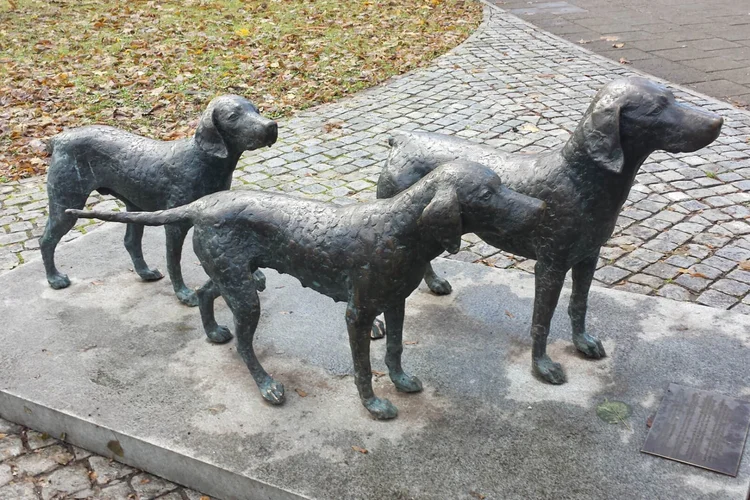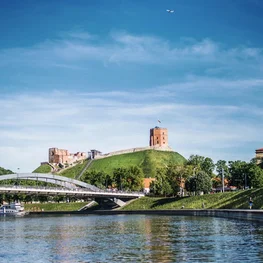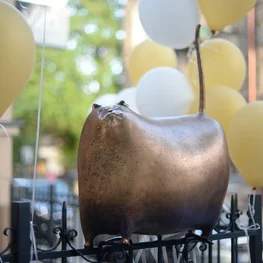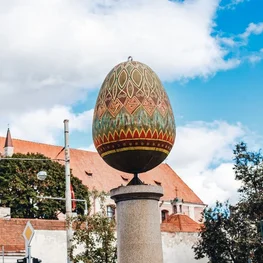Lithuanian Hounds

In short
Have you ever wondered what kind of dog represents Lithuania? The artists behind the sculpture located on Barbora Radvilaitė Street – Rimantas Keturka, Feliksas Volčakas and the author of the sketch Romualdas Kvintas – say Lithuanian Hounds.
These dogs were used for hunting as far back as the 16th century, and people have been delighted with their help and companionship ever since. Thus, the sculpture standing at the foot of Gediminas Castle Hill is dedicated to the only dog bred in Lithuania – the Lithuanian Hound.
According to written sources, hunting with hounds started in Lithuania as early as 1566. The Second Statute of Lithuania mentions 11 groups of dogs, including several breeds of hounds.
Lithuanian Hounds are bred from various groups of local dogs that have been used for hunting in Lithuania since ancient times. They are also crossbred with imported breeds, like beagles, and Polish and Russian hounds.
Brief History
Throughout the Middle Ages, everyone was honoured and proud of raising a gang of hounds in their manors. As you may know, there were many manors in the kingdom of Lithuania and Poland.
During the interwar period, Lithuanian hounds were very common, but in the post-war years this breed became extinct and was mixed with various dogs. In 1974, when hunting with dogs became popular again, there were only 78 dogs left that resembled Lithuanian Hounds, and most had no documents of origin. The first exhibition of Lithuanian Hounds was organised in 1981 with the help of handlers and hunters, exhibiting 62 dogs.
Although these dogs have been bred for hunting for a long time, some people are happy to bring them into their homes. Hound exhibitions are also regularly organised in Lithuania.



